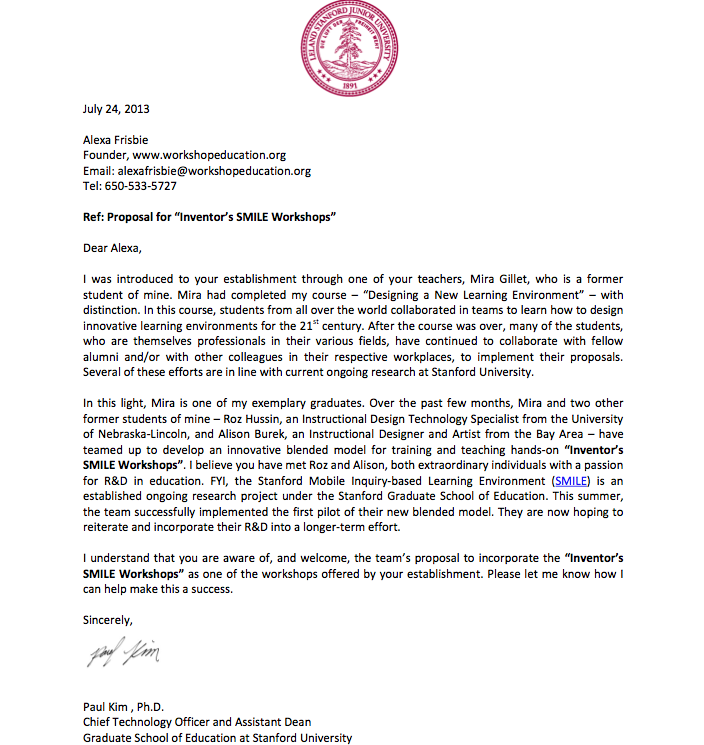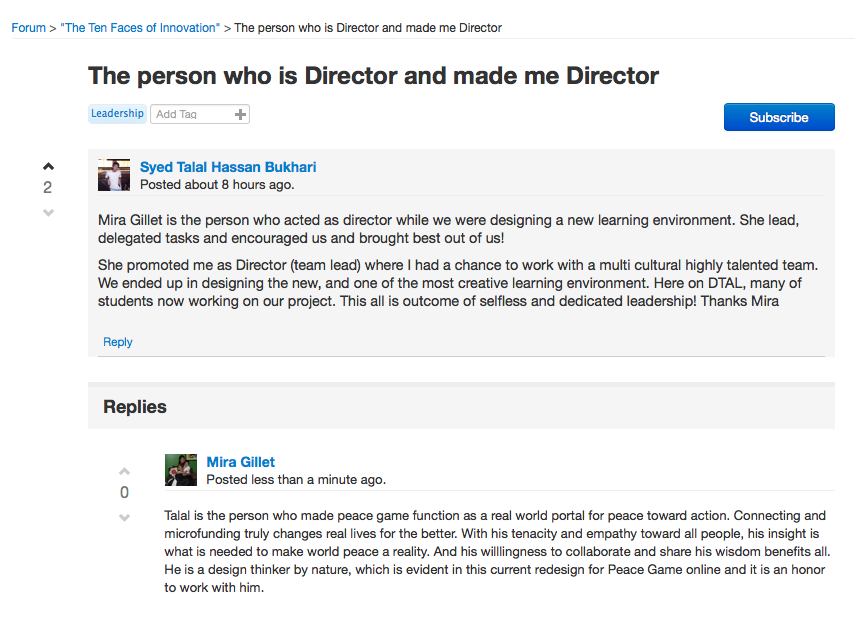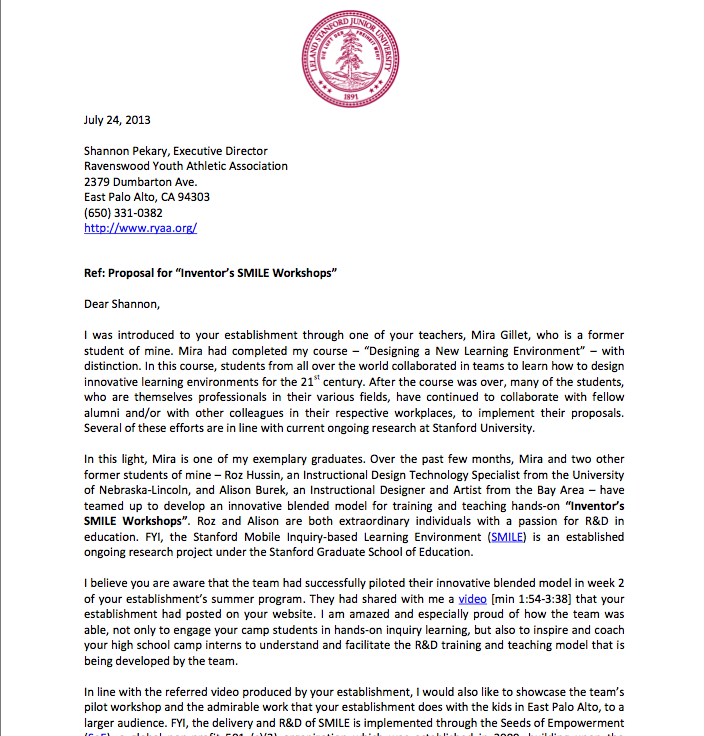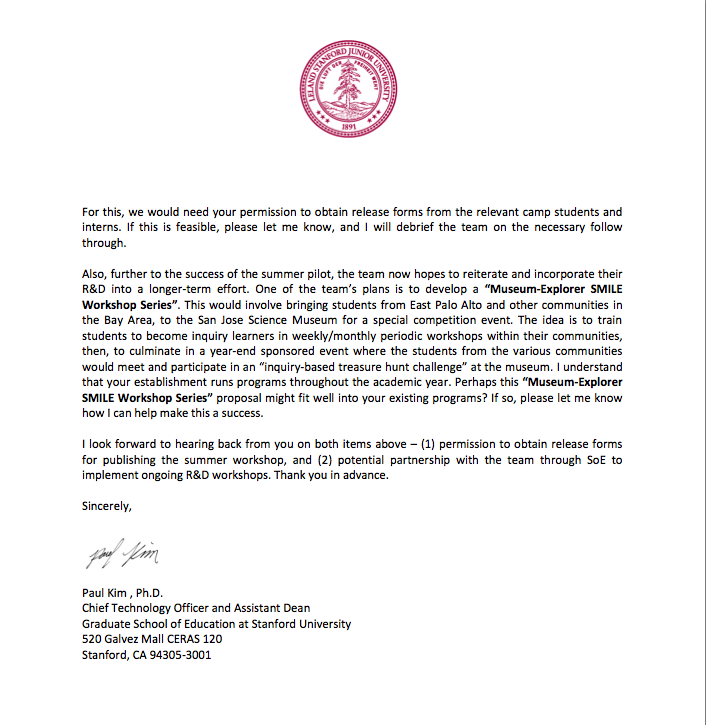Micro-finance CEO Scofield discusses social entrepreneurship
Micro-finance CEO Scofield discusses social entrepreneurship
Rupert Scofield, CEO of the microfinancing institution FINCA International, described his unique life path to aspiring entrepreneurs, encouraging them to follow their interests. (IAN GARCIA-DOTY/The Stanford Daily)
President and CEO of FINCA International Rupert Scofield shared insights on social entrepreneurship Tuesday in a speech as part of a series of events hosted by the Graduate School of Business’s Public Management Program.
Scofield discussed the complexity of scaling social enterprises, the competitive landscape for social entrepreneurs and the future for micro-finance. Using his experience with FINCA International as an example, Scofield offered advice on how to be successful.
FINCA International is a nonprofit micro-financing institution that is based in Washington D.C. and operates in 21 countries. According to its website, the organization’s goal is “to provide financial services to the world’s lowest-income entrepreneurs, so they can create jobs, build assets and improve their standard of living.”
“Don’t worry if your enterprise is small and not visible,” Scofield said. “If you keep doing the right thing, you will attract the right people to you.”
Scofield said that there is still “untapped potential [in] social business,” giving examples such as corporate shareholders demanding increased accountability for concerns other than greater financial profits, top universities launching social entrepreneurship programs and billionaires like Bill Gates and Warren Buffett pledging to give away half of their fortunes to promising new charitable ideas, as they announced last year.
“Leave a little room in your life for magic,” Scofield added, referring to his own personal story.
Scofield said he discovered his passion for social entrepreneurship by chance when he offset his military draft to Vietnam to work in Guatemala with the Peace Corps. In Guatemala, he said he saw for the first time how a small amount of capital could have a huge impact relative to its size.
Later in life, after not being immediately hired after graduate school, he said he came across a flyer that eventually sent him to work in the Dominican Republic — with a co-worker who would eventually co-found FINCA with him.
“If I had gotten the jobs I had applied for, I would have been working for the necessity, rather than for my passion,” Scofield said.
The audience, mainly composed of those interested in pursuing social entrepreneurship, reacted positively to the talk. Several commented that they found Scofield inspiring and personally relatable. Others in the audience referenced having read Scofield’s recently published book, “The Social Entrepreneur’s Handbook: How to Start, Build and Run a Business that Improves the World.”
“I wanted to know if money was better invested in micro-financing,” said Mira Gillet, an audience member who identified herself as an employee of World Vision, an evangelical relief and development organization that sponsors children in developing countries through dollar-a-day donations.
“I was impressed at his successes despite all the corruption in the field,” she added.
Scofield addressed this as part of his closing remarks.
“If all social enterprises were social enterprises not just in name but also in action, we could have the world we wanted,” he said. “As an individual, we may not have the resources to make an impact, but as an industry, we do.”
collected quotes
“At that moment I got it. The finished product wasn’t the point — the process of trial and error and the subsequent learning was.” Christine Peck from Aberdeen Timberland Library, WA shared a very inspiring comment
Inspiring Leadership through Emotional Intelligence
by Richard Boyatzis
Question 1
PLA Directions: Think of the name of a leader you have worked with or for who brought out the best in you. Write their name on the top of the left hand column on a sheet of paper (or on your computer). This should be someone who was exciting to work with so much so that if they started a project in the community you would volunteer to work on it just to work with this person again. If they were head of another division of your organization, you would seek a transfer to be able to work with them.
On the top of the right hand column, write the name of a leader with whom you worked that you try to avoid, someone who you thought was a lump.
Remember the last few times you were around him or her, and underneath each person’s name, reflect on the following questions:
What did they typically say or do?
How did they make you or others around them feel?
When you finish writing your reflection be sure to save and submit your draft for credit. You will receive credit for an essay of 100 words or more.
Answer for Question 1
You entered:
Your Answer
Score
Explanation by Talal
Mira Gillet-Instructional Designer and Teacher (Redwood City, CA) She is my colleague in designing a new learning environment MOOC (offered by Stanford) What did she typically says or do? Answer: She is always exciting and energetic. Our team on Stanford V-lab designed top voted project and we are now teaching our own mooc on openlearning.com She typically say “let’s do it”, “we are doing great”, “if we would do this we would be on top” She is the best path finder, I don’t know how, but she never got stuck in ANYTHING, we spend hours and hours, exchanged more than 3000 emails from Pakistan to CA, and a lot of work we did together, not a single day I saw him defeated, instead she was very exciting, never worried about getting failed and importantly, she is so generous that she always ready to give her powers and authorities. How did she makes you or others around them feel? Answer: Very comfortable, she is very humble, no offences, no grievances. Last time I was talking with her, and she has same energetic level. Stanford University has also included us in their research on DNLE (Designing a new learning environment). While doing our project she gave me team leadership, I was of 23 at that time, she gave me full support, trust and confidence, she was at her best!
Letter from Stanford





